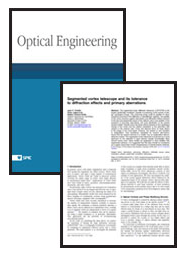Tag: Affine-based Architecture

A Parallel Multiplication-Free Algorithm and Architecture for Affine-based Motion Compensation
Affine transformation is widely used in image processing. Recently, it has been recommended by MPEG-4 for video motion compensation. We present a novel low-power parallel architecture for texture warping using affine transformation (AT). The architecture uses a novel multiplication-free algorithm that employs the algebraic properties of the affine transformation. Low power has been achieved at different levels of the design. At the algorithmic level, replacing multiplication operations with bit shifting saves the power and delay of using a multiplier. At the architecture level, low power is achieved by using parallel computational units. At the circuit level, using low-power cells contributes to the power savings. The proposed architecture is used as a computational kernel in video object coders. It is compatible with MPEG-4 and virtual reality modeling language (VRML) standards. The architecture has been prototyped in 0.6-µm CMOS technology with three layers of metal. The performance of the proposed architecture shows that it can be used in mobile and handheld applications.
Wael Badawy and Magdy Bayoumi, “A Parallel Multiplication-Free Algorithm and Architecture for Affine-based Motion Compensation,” The SPIE Journal on Optical Engineering, Vol. 42 No. 1, January 2003 pp. 255 – 264
